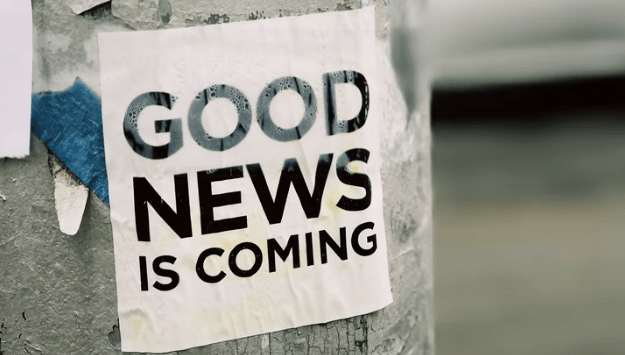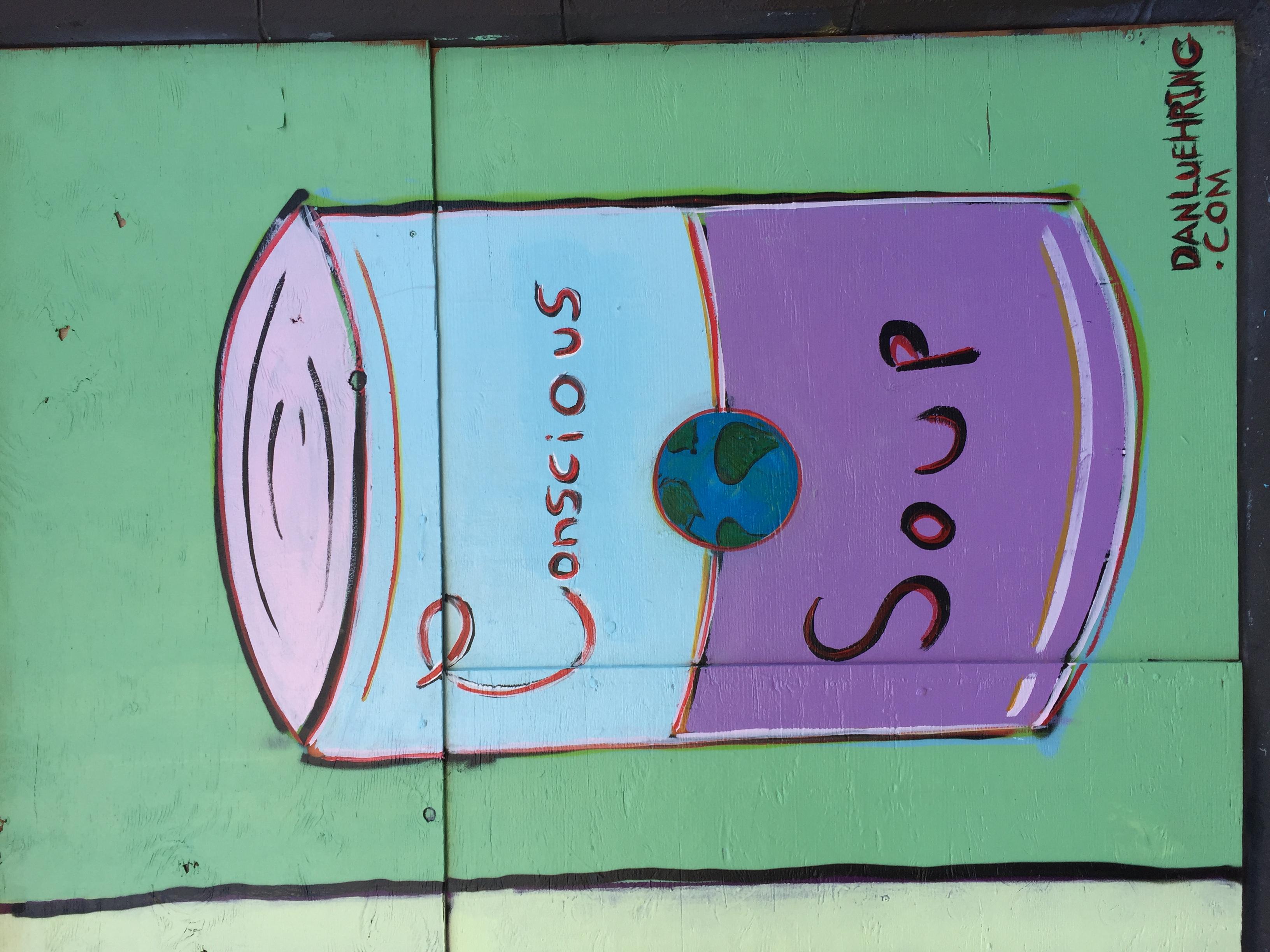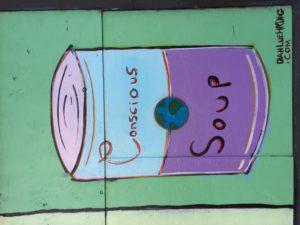Too often grant proposals begin with some variation of “we want money because we’re a good cause and, since you’re good guys too, naturally this will be a match made in heaven.”
There’s nothing natural about this request.
In fact, it’s a version of “Alice in Wonderland Through the Looking Glass” thinking.
To paraphrase the Cheshire Cat speaking to Alice: If you don’t know where you’re going, any road will get you there.
Or not.
In fact, Alice tells the Cat she just wants to get “somewhere.” Could this, perhaps, be like you just wanting to bring in ‘some’ money to balance your budget? Hmnn… The Cat tells Alice “Oh, you’re sure to do that. If you only walk long enough.”
Guess what?
Most funders reading your proposal will not want to read long enough. In fact, if you’re not clear on your destination from the get-go, they’re likely to abandon you before you get there. If you get there. In other words, wherever you end up, you won’t arrive there together.
And that’s the point of a grant proposal, right?
You seek a partnership… a travelling companion… an investor who cares about the outcome.
Where you’re Going… How you’re Going There… and How Much it Will Cost
Right from the get-go, this is what funders need to hear from you.
No beating around the bush.
Get right to the point with the specifics.
If the funder must read through several paragraphs – or pages – before it’s clear how much money you’re requesting and what, specifically, you intend to use it for, they’ll be in a ticked-off frame of mind as they read your proposal.
Not good.
Get organized!
The 6-step formula I’m about to share is one I learned when I first entered this business decades ago.
Details

 Fundamentals are important! Before writing your appeal, it’s good to remind yourself of the basics to make sure you’ve got all bases covered. Look at the elements you want to include; make sure you’re applying them. In this two-part series, I’m calling out eight appeal writing fundamentals. In
Fundamentals are important! Before writing your appeal, it’s good to remind yourself of the basics to make sure you’ve got all bases covered. Look at the elements you want to include; make sure you’re applying them. In this two-part series, I’m calling out eight appeal writing fundamentals. In 
 I never begin writing a fundraising appeal without beginning with a template and checklist. It’s always good to remind yourself of the fundamentals.
I never begin writing a fundraising appeal without beginning with a template and checklist. It’s always good to remind yourself of the fundamentals.
 Fundraising copywriter extraordinaire, Lisa Sargent, recently shared a brilliant piece of writing on the Moceanic blog. Appropriately, the subject matter – “6 Winning Ways to Start Your Next Fundraising Appeal” — was all about brilliant writing. Specifically, fundraising appeal writing. I commend the full article to you, as she fills it with juicy, specific examples. But if you’re short on time, here are the key take-aways – plus some of my own thoughts and examples — to get your reader well “into” your appeal – right from the get go!
Fundraising copywriter extraordinaire, Lisa Sargent, recently shared a brilliant piece of writing on the Moceanic blog. Appropriately, the subject matter – “6 Winning Ways to Start Your Next Fundraising Appeal” — was all about brilliant writing. Specifically, fundraising appeal writing. I commend the full article to you, as she fills it with juicy, specific examples. But if you’re short on time, here are the key take-aways – plus some of my own thoughts and examples — to get your reader well “into” your appeal – right from the get go!
 I’ve taken to including a series of “DO’s” and “DON’Ts” for all sorts of fundraising and nonprofit marketing messages over the past several years. My purpose is not to shame anyone, but simply to provide educational moments offering example-based food for thought as you craft your own appeals, thank you’s, reports and more.
I’ve taken to including a series of “DO’s” and “DON’Ts” for all sorts of fundraising and nonprofit marketing messages over the past several years. My purpose is not to shame anyone, but simply to provide educational moments offering example-based food for thought as you craft your own appeals, thank you’s, reports and more.



 Ever have a well-meaning, yet perhaps overly controlling or risk-aversive, boss say to you:
Ever have a well-meaning, yet perhaps overly controlling or risk-aversive, boss say to you:
 You want to raise money with your fundraising appeal, right?
You want to raise money with your fundraising appeal, right?